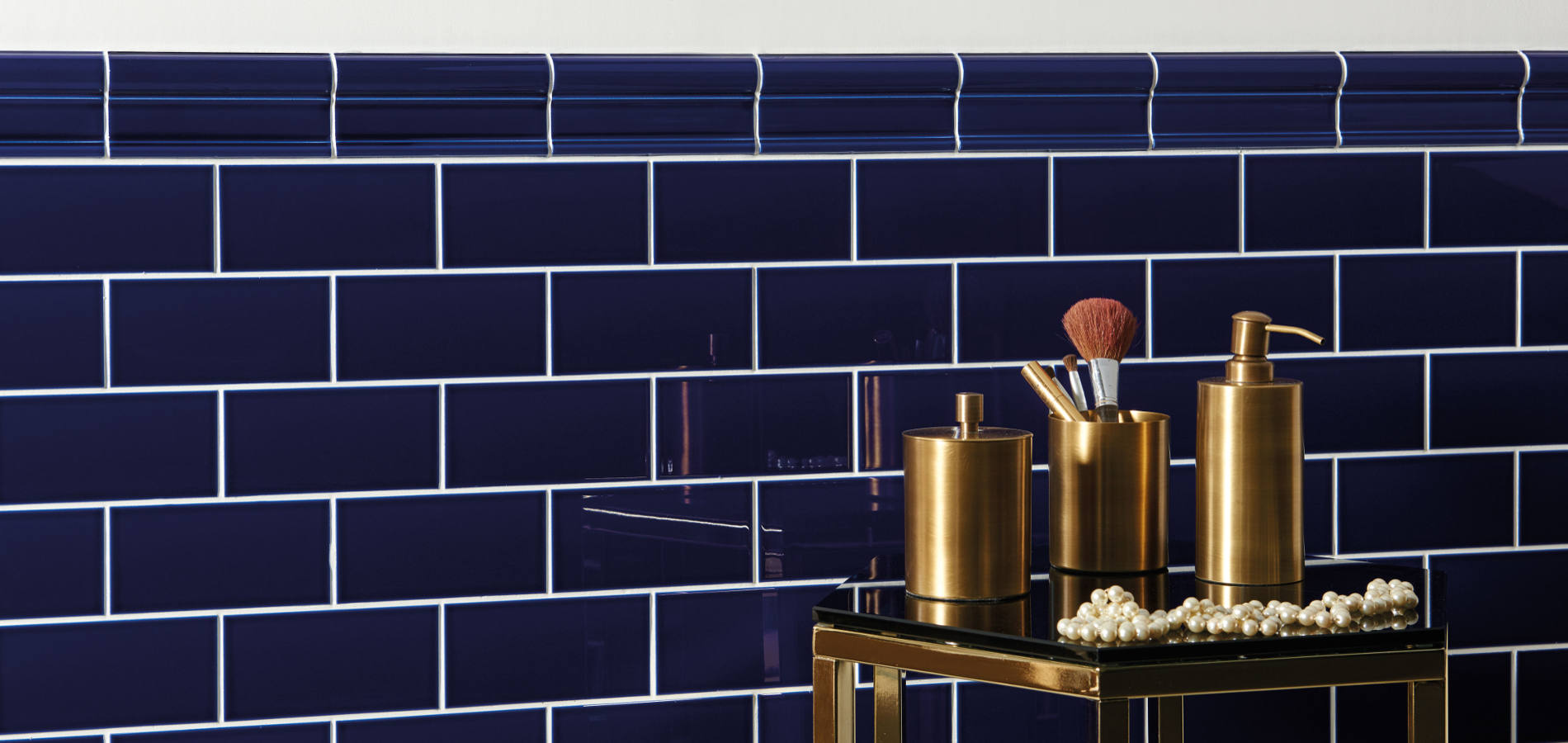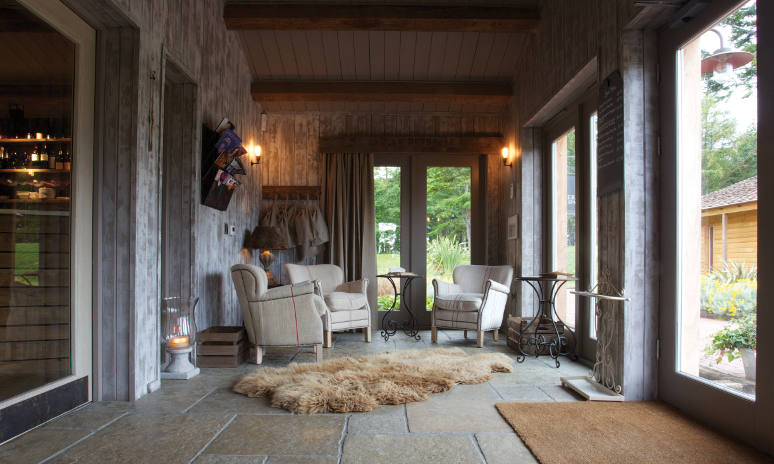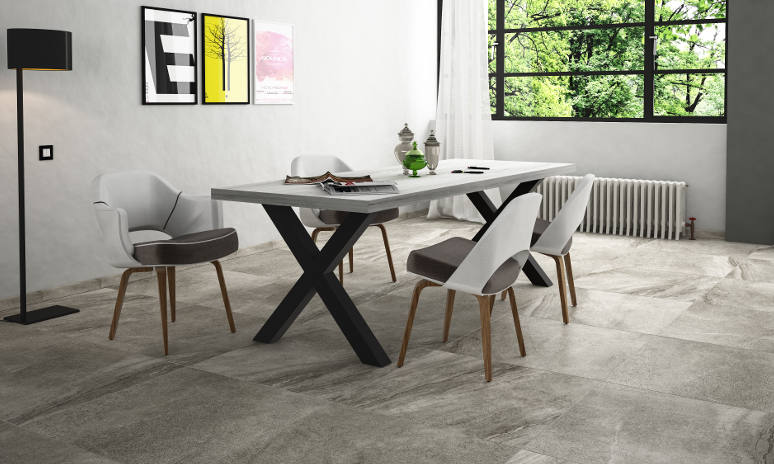
There are a number of things you can add to your bathroom once you’ve installed your natural stone tiles for the first time and some of them really help to enhance the natural atmosphere.
On the other hand, you might be interested in decorating your tiled walls with something a little more comical or flamboyant. Either way, here are some great bathroom wall decorations we think work well with natural stone.
Slate tiling is quite a dark, bland form of stone that offers its own unique natural design. However, spicing it up with some attractive decorations can improve the atmosphere of your bathroom with ease.

A contemporary mirror would really stand out in such a modernised bathroom style; whilst you could possible even incorporate a few canvas portraits that resemble the surroundings. So if slate is your chosen tile, think modern and contemporary with your decorations.
Another popular choice of stone in bathrooms is limestone tiling, which can be used to create both a contemporary and period-style bathroom space.
If you’ve gone for something a little more classic, why not decorate the walls with a wonderfully Romanesque towel handle, or possible a beautifully designed candle holder? Either way, limestone looks great when you’ve gone wild with bathroom decorations, so designate a style choice and start decorating!




